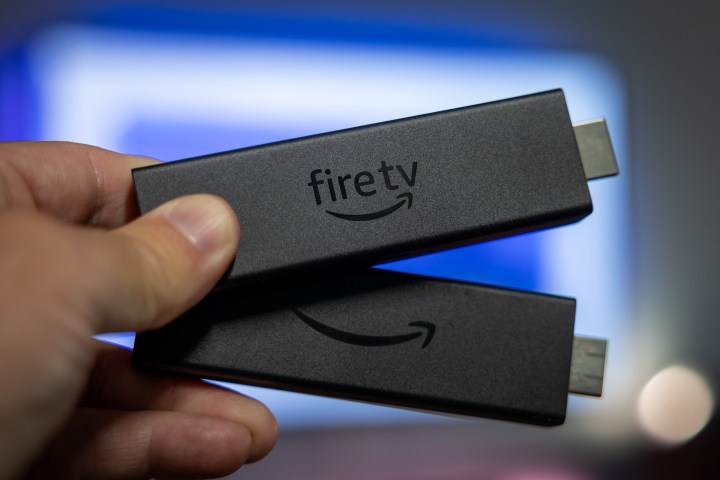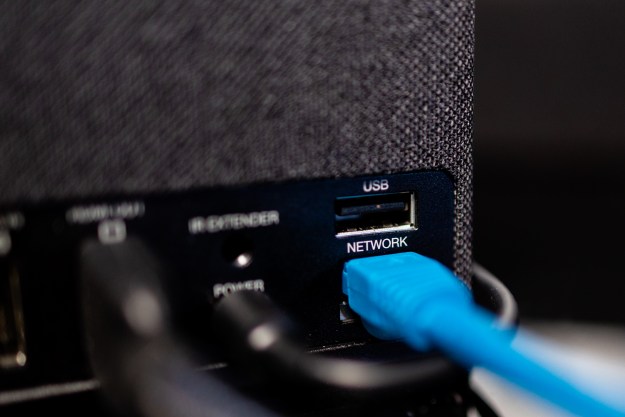This is one of those things that’s so simple, it’s almost embarrassing that I didn’t think of it beforehand. But take two seconds to figure it out, and it’s plenty clear: Ethernet is not always the best choice for an internet connection these days.
Here’s the scenario: It was time to get started on our Amazon Fire TV Stick 4K Max review. My entertainment center is a bit of a rat’s nest of wires and dongles and sticks and boxes. There’s a lot going on in there because I’ve had to use every streaming option there is over the years. So the simplest thing to do was unplug the 2018 Fire TV Stick 4K and plug in the Fire TV Stick 4K Max. No muss, no fuss, and no mucking about with Wi-Fi at first because I still had it plugged in to a powered Ethernet adapter. “Ethernet is always better,” said the voice in my head. One of the voices, anyway.

But not all Ethernet is created equal. Sure, I’ve got a gigabit fiber connection running into an Eero Pro 6, with a gigabit switch in between. It’s fast. But the Amazon Ethernet adapter? It’s what’s known as a 10/100 adapter. It either works at 10 Megabits per second or 100 Mbps. Same goes for Google’s own adapters for Chromecast.
And so the look on my face must have been a little funny when I saw this new Fire TV Stick 4K Max only pulling about 90 Mbps in a speed test. That’s slower than pretty much every other device in the house. It’s unworthy of being connected to my network. It offended my family, and it offended the Shaolin Temple.
It also makes perfect sense why (in addition to pure cost) Amazon hasn’t included its Ethernet adapter with any of its Fire TV devices. The simple fact is that it’s slower. Once we got to Wi-Fi 4 (formerly known as 802.11n), the theoretical speed of the adapter was less than that of the wireless network. Something like 6 times less, actually.
That’s not to say the 90 Mbps I was getting is slow. It’s plenty fast enough to stream 4K video. It’s plenty fast for the Amazon Luna cloud gaming service on the Fire TV Stick
The point is this: Unless you’re in some weird networking situation in which you just have to be plugged in — and especially if you have some fairly recent networking gear and a good connection — it’s best to not bother with an Amazon Ethernet Adapter anymore. Don’t bother, or at least make sure you’re not getting really slow speeds.
Unless you just like making yourself feel a little foolish and then writing about it on the internet.
Editors' Recommendations
- There’s only one streaming device that lets you escape ads
- You can now make your own AI art with Amazon Fire TV
- The most innovative streaming device of 2023
- The Apple TV remote finder isn’t as good as a case and AirTag
- The most innovative streaming devices of 2022



